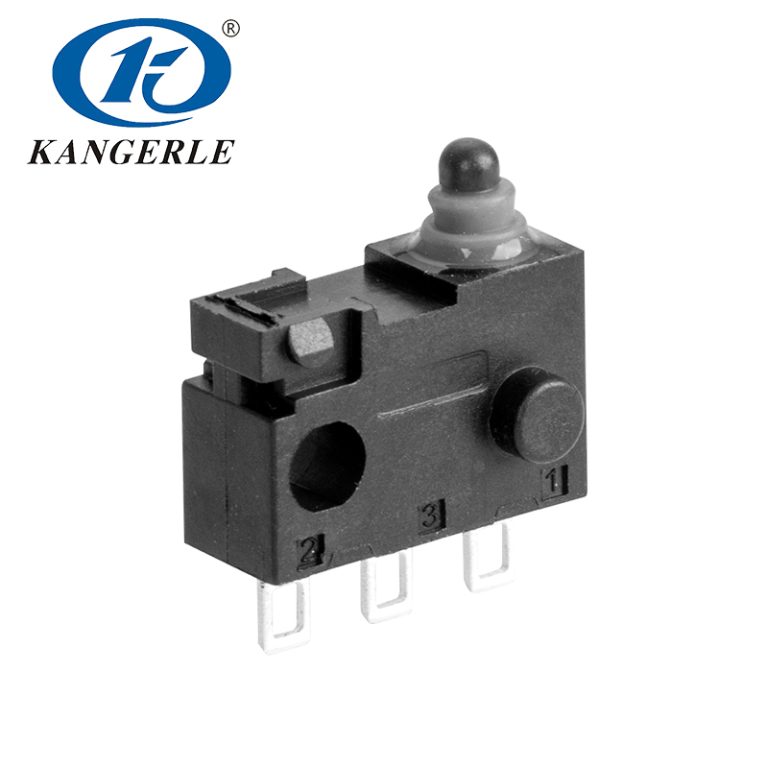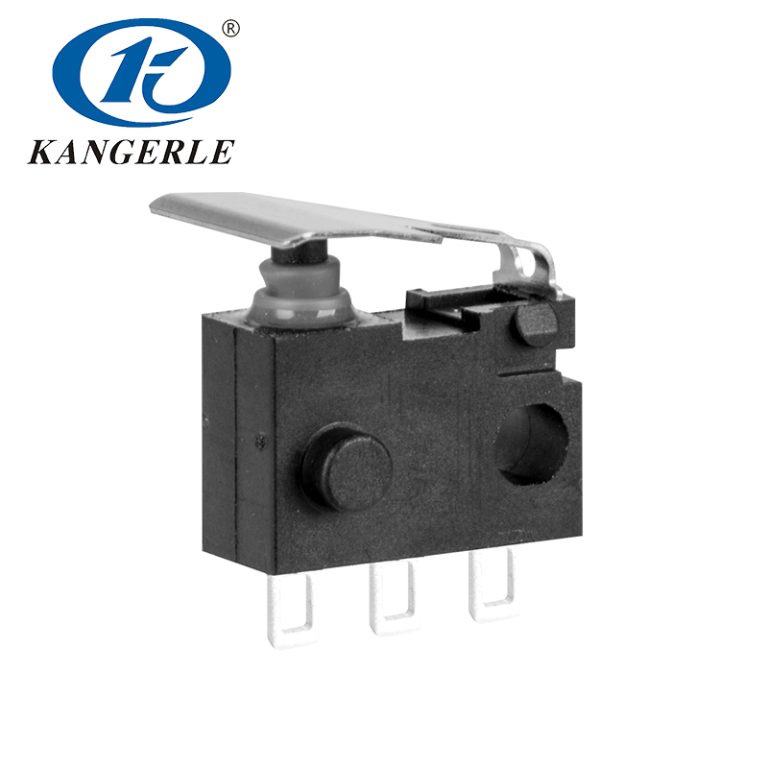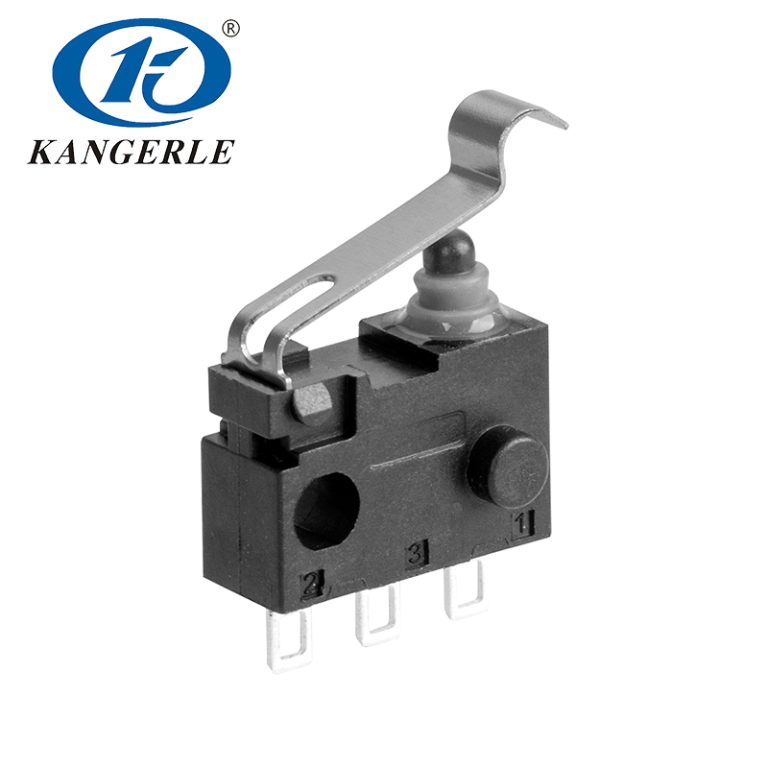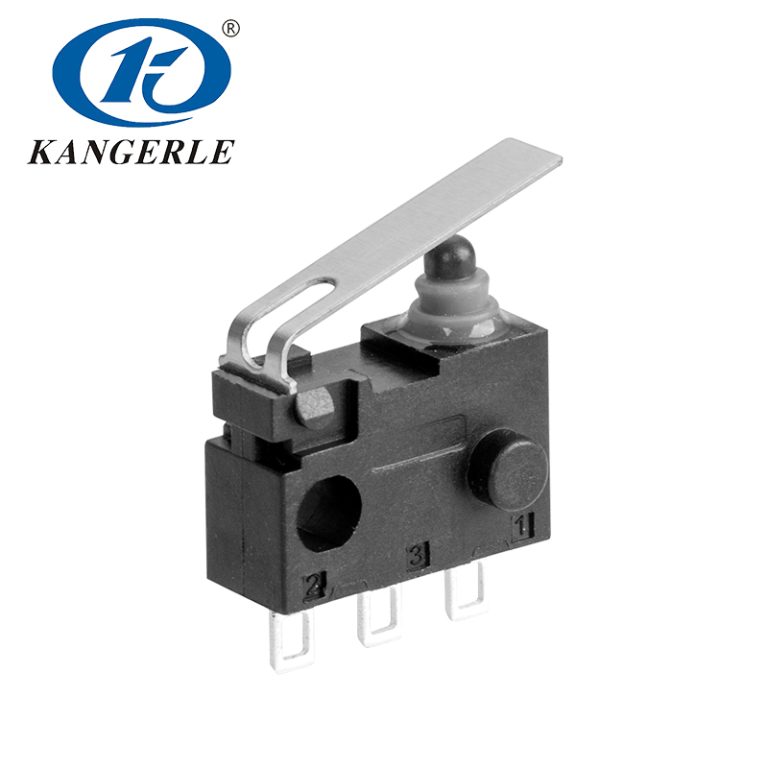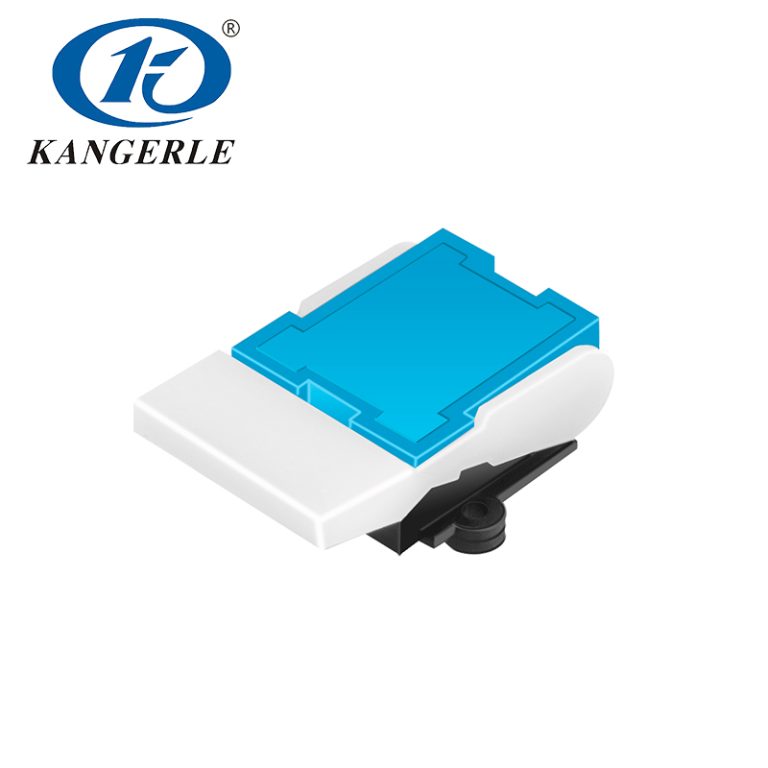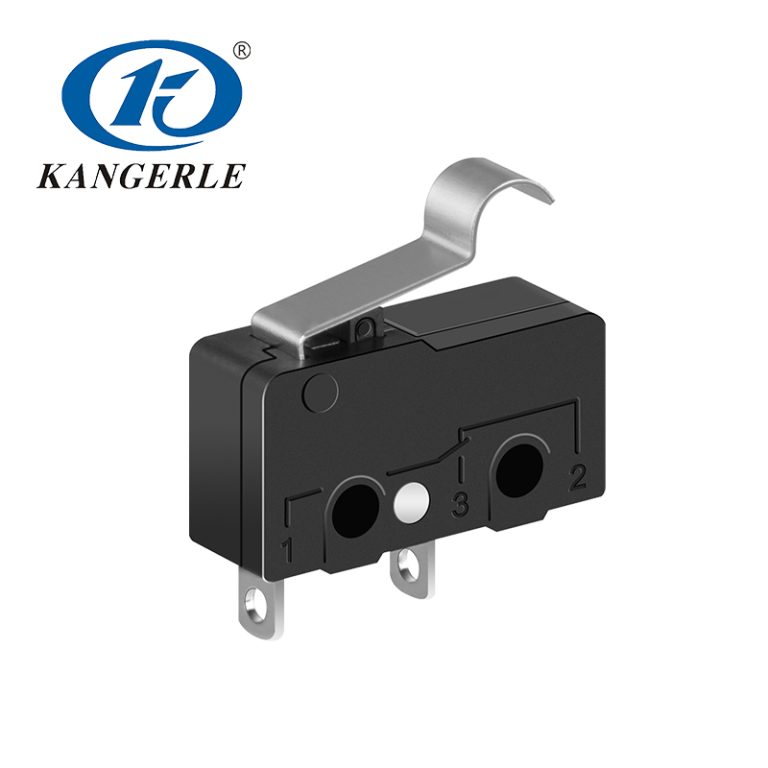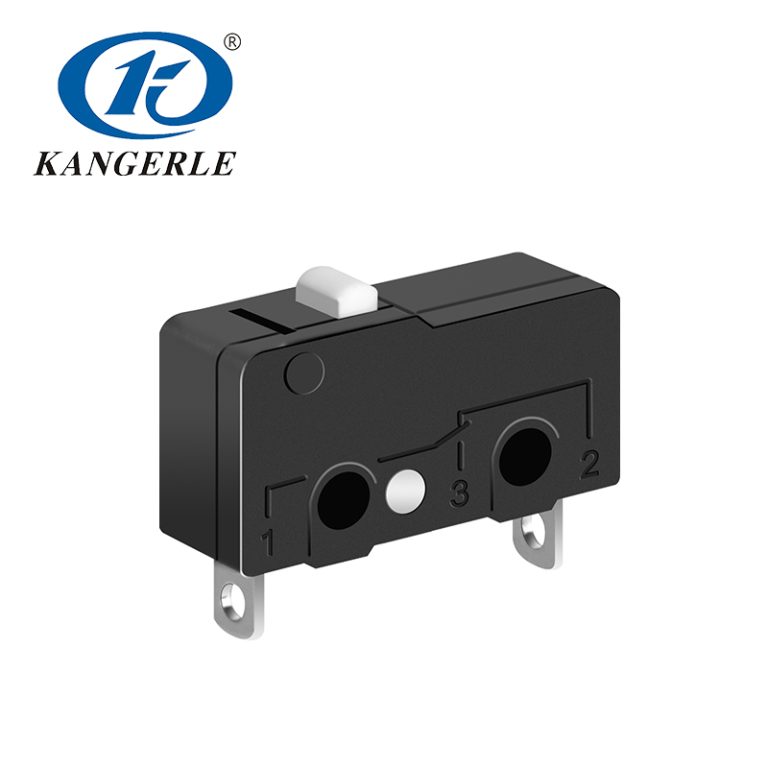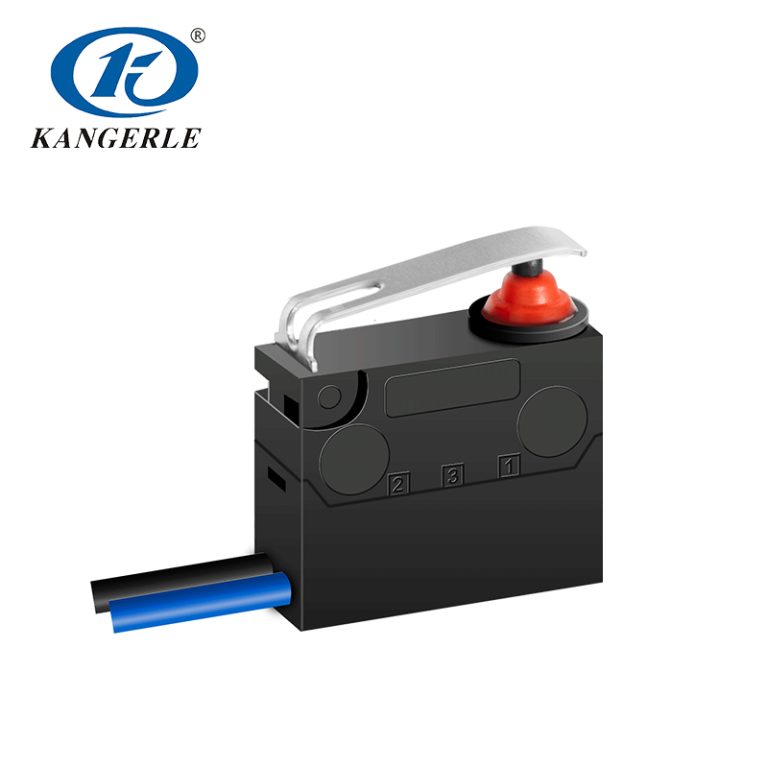Tactile switches have evolved into essential elements within both consumer and industrial products, largely due to their robustness and dependability. To grasp why these components are so crucial, it’s necessary to explore their functionality, historical development, and diverse applications.
Understanding Tactile Switches
Definition and Basic Mechanism
Tactile switches are a type of switch that generates a tactile response when pressed, providing users with a noticeable click or bump. This feedback mechanism is essential for applications requiring precise input, such as typing on a keyboard or operating a medical device. Fundamentally, these switches feature a small, flexible metal dome that deforms to make contact with the circuit board when pressure is applied. When the pressure is released, the dome returns to its original shape, breaking the circuit and providing the user with tactile feedback.
History and Evolution of Tactile Switches
The development of tactile switches can be traced back to the evolution of electrical engineering in the early 20th century. Initially, switches were mechanical and lacked the tactile feedback we see today. Over time, engineers improved these switches to include feedback mechanisms, which were especially useful in early computers. The 1970s and 1980s saw significant advancements with the development of rubber dome switch technology, a precursor to modern tactile switches. Today, innovations continue with the miniaturization for use in compact and portable devices, enhancing their reliability and lifespan.
Common Applications of Tactile Switches
Consumer Electronics
Mobile Devices
Tactile switches are widely used in mobile devices, including smartphones and tablets. They are used for the volume buttons, power buttons, and even home buttons in earlier smartphone models. The tactile response ensures that users can feel the feedback when they interact with these buttons, reducing the chance of accidental presses and improving overall device usability.
Remote Controls
Remote controls often utilize tactile switches, as the feedback these switches offer is essential for users to comfortably navigate through the buttons without needing to look at them. Whether for a television, air conditioner, or other electronic devices, the dependability and tactile response of these switches significantly improve the overall user experience, making remote controls more intuitive and easier to use.
Computer Peripherals
Keyboards
One of the most prominent uses of tactile switches is in computer keyboards, especially mechanical keyboards. The tactile bump provides the necessary feedback to typists, which can improve typing speed and accuracy. Each keystroke is registered with a noticeable ‘click,’ making these switches particularly popular among gamers and professionals who require quick and accurate typing capabilities.
Gaming Controllers
Gaming controllers also benefit from tactile switches in their button designs. The tactile feedback ensures that gamers can feel when they have pressed a button, which is crucial for quick reflexes and accurate gameplay. This is particularly important in competitive gaming environments where every millisecond counts, providing players with a more immersive and responsive gaming experience.
Industrial and Commercial Uses
Medical Devices
In the realm of medical devices, tactile switches are used in a variety of applications, from operating room equipment to patient monitoring systems. The reliability and tactile feedback of these switches ensure precise control and operation, which can be critical in medical settings. For instance, they might be used in defibrillators, surgical instruments, and diagnostic machines, where exact intervention is vital for patient care.
Aerospace and Defense Equipment
The aerospace and defense industries also utilize the adaptability of tactile switches. These switches are favored in aircraft cockpits and military equipment due to their exceptional reliability and durable construction. They provide pilots and operators with the assurance that every press will trigger an accurate response. The tactile feedback is crucial, especially in high-pressure scenarios where quick and precise actions are necessary.
Understanding What are tactile switches used for in various applications gives insight into their pervasive role in both daily life and specialized fields. As technology continues to evolve, the use of tactile switches is likely to expand further, driven by ongoing innovation and the growing demand for reliable, user-friendly interfaces.
Automotive Industry Insights
Dashboard Controls
In modern automobiles, tactile switches are integrated into dashboard controls to enhance the driving experience. These switches are responsible for managing a variety of functions, such as adjusting the air conditioning, controlling the audio system, and operating navigation features. The tactile feedback allows drivers to feel the switch actuation, enabling them to adjust settings without diverting their attention from the road. This intuitive control mechanism improves safety and convenience, making tactile switches an indispensable component of automotive dashboard controls.
Infotainment Systems
Tactile switches also play a crucial role in automotive infotainment systems. These systems often feature touchscreens, but traditional tactile switches remain essential for specific operations like volume control, tuning, and selecting different modes. The reliable feedback provided by these switches ensures that users can operate the infotainment system effortlessly, even while driving. This enhances the overall user experience by providing a seamless, responsive interface that combines the familiarity of physical buttons with modern touchscreen technology.
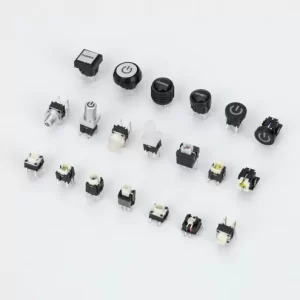
Benefits of Using Tactile Switches
Durability and Reliability
One of the significant benefits of using tactile switches is their durability and reliability. These switches are built to endure frequent use, making them ideal for applications that demand consistent performance over time. Their construction, which typically includes resilient materials and robust mechanisms, guarantees that they can function under various conditions without deteriorating. This durability minimizes the need for frequent replacements and maintenance, leading to long-term cost savings and reliable operation across numerous applications.
Enhanced User Experience
Tactile switches are also renowned for enhancing the user experience. The clear, distinct feedback they provide assures users that their input has been registered, fostering a sense of control and precision. This is particularly valuable in devices requiring meticulous interaction, such as medical equipment or gaming controllers. The tactile response aids in preventing accidental inputs, thereby increasing user efficiency and satisfaction. By incorporating these switches, product designers can significantly improve the overall usability and user interaction quality of their devices.
Future Trends in Tactile Switch Technology
As technology continues to evolve, the future of tactile switch technology looks promising with several exciting trends on the horizon. One significant trend is the ongoing miniaturization of tactile switches, driven by the demand for smaller, more compact electronic devices. Innovations in materials and manufacturing processes are making it possible to produce smaller switches without compromising on tactile feedback or reliability.
Another trend is the integration of tactile switches with advanced technologies, such as haptic feedback systems. These systems offer enhanced sensory interactions, making the user experience more immersive and responsive. Moreover, the development of tactile switches with improved environmental resistance, such as waterproof variants, is expanding their applications in rugged and harsh environments, like outdoor equipment and industrial machinery.
The use of smart materials in tactile switches is expected to bring significant advancements to the industry. These innovative materials can respond to various stimuli, including pressure and temperature, offering diverse feedback based on user actions. This capability for adaptation may result in the development of a new generation of tactile switches that provide more intuitive and customized user experiences.
Understanding What are tactile switches used for reveals their versatile applications and the significant role they play in enhancing modern technology. Their use in consumer electronics, industrial devices, and automotive systems underscores their importance in delivering reliable, durable, and user-friendly interfaces. As innovation continues to drive advancements, tactile switches are poised to become even more integral to our everyday lives and specialized fields, promising enhanced functionality and more engaging user experiences.
Tactile Switch has a wide range of applications in the field of electronics and is an indispensable electronic component in many devices. KANGERLE is a leading manufacturer and supplier of electronic components of tactile switches. The company offers customized services to select different operating directions, travels, lever lengths, and terminal types for applications. KANGERLE has passed ISO: 9001 and IATF: 16949 quality management system certifications, and its products have obtained various global safety certifications. With a focus on quality and customer satisfaction, KANGERLE continues to innovate and improve its products to meet the evolving needs of the market.
Tact switches of KANGERLE are known for their unique techniques in terms of waterproof and illumination which are highly regarded in the industry. Its tactile switches have multiple switch structures and various types of pin terminals for selection. They are widely used in home appliances, communication devices, audiovisual products, remote controls, security products, toys, fitness equipment, medical instruments, electronic devices, and other fields. Tactile switch has significant advantages in terms of size, pressure, stability, life, water and dust resistance, and application areas. For more information about tactile switches, please visit the KANGERLE website.

